Santa Barbara’s Bee Whisperer
Nick Wigle Saves Hidden Hives with Love and Kindness
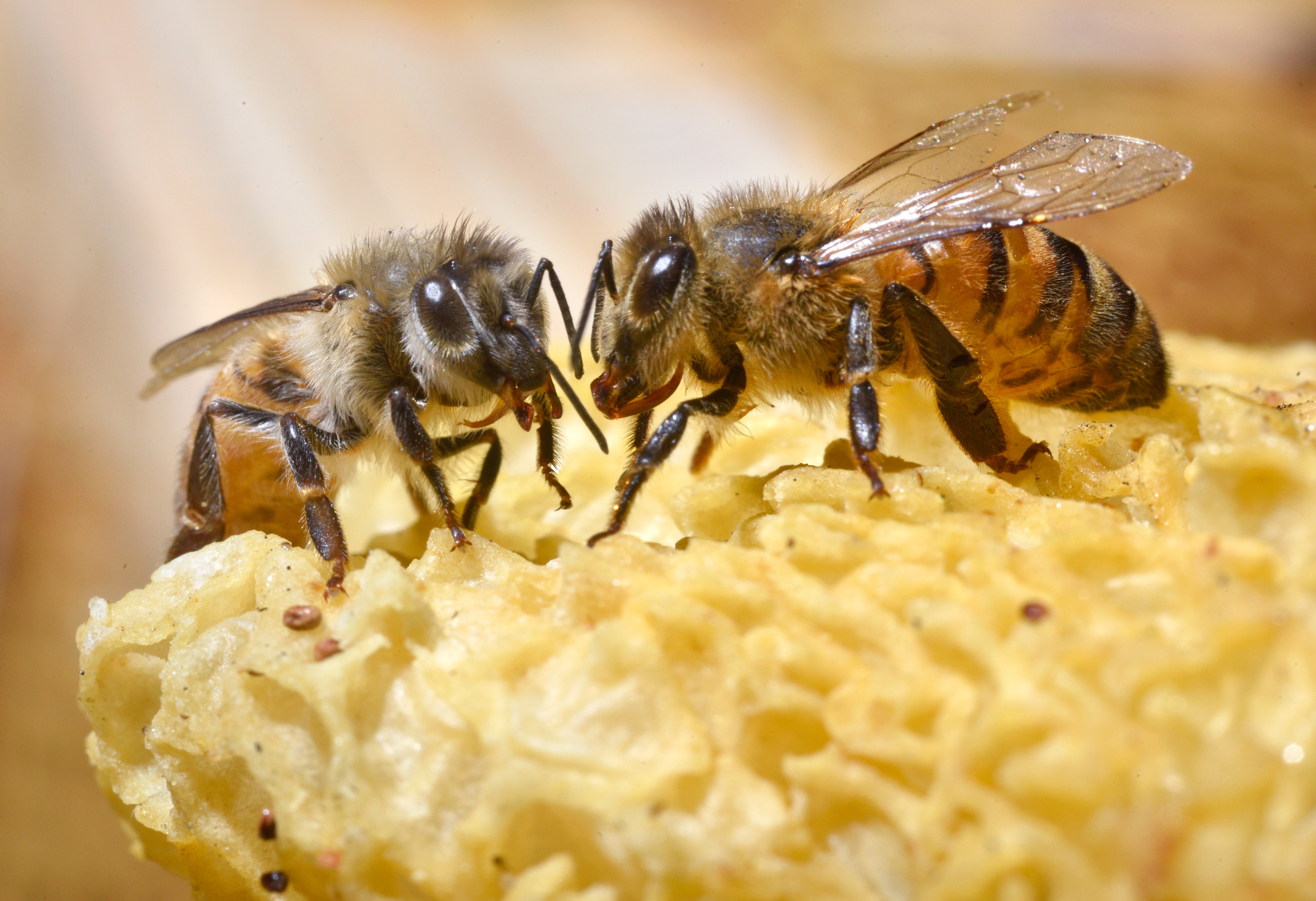
There is a man among us who talks to the bees. They spoke recently on a warm Sunday morning in my driveway. Nick Wigle was standing with his hands on his hips, squinting down at a small gas-meter vault packed with 3,000 stinging residents. “All right, guys,” he said. “We’re going to take this nice and easy.” The hive buzzed back, its low tone telegraphing the gentleness unique to Santa Barbara’s bees.
I’d liked the idea of hosting honeybees, but the young swarm, recently propagated from its mother hive somewhere in our Mission Canyon neighborhood, chose a particularly inconvenient time and place to move in, right near the front door and in the middle of some construction work. We wouldn’t hit them with pesticides — we worried about the modern plight of the bumblebee known as colony collapse disorder — so we looked up live removal services. Wigle, owner and operator of Super Bee Rescue and Removal, came highly recommended for his passion and professionalism. Turns out, he also puts on a bit of a show.
As he lit his smoke can and set up a CAUTION sign, Wigle told me he’d just wrapped up a few tough removals of unusually aggressive — “spicy” — colonies that necessitated a boom lift and a vacuum. He was looking forward to a mellower job where he could leave off his protective suit and simply “be with the bees.” Crouched down with head and hands exposed, he gingerly propped open the vault lid. A volleyball-size hive shimmering with wings clung to its underside.

Slowly but deliberately, Wigle began prying off thick slabs of honeycomb and transferring them to a wooden beekeeper’s box. He’d scoop up a handful of bees now and then and tip them into the round opening. I surprised myself by feeling both assured and amazed as I watched the tricky dance of trust taking place just a few feet away. Every so often, a rogue bee would dart angrily toward me. Wigle would walk over calmly and shepherd it back.
All the while, Wigle narrated the history of my hive’s budding life cycle, its workers’ flight path over a nearby honeysuckle bush, and how Alamar Avenue below us is affectionately known among beekeepers as “bee alley” for its abundance of healthy colonies. He half-joked about how he was careful not to look like a bear, by showering and shaving before a removal job. He was able to smell the bees’ moods — “acidic, unripe bananas” when they’re agitated and a “warm, happy” scent of pheromones when they tell one another it’s safe to move from their hive to the box. The changeover of the queen is the absolute foolproof form of persuasion.
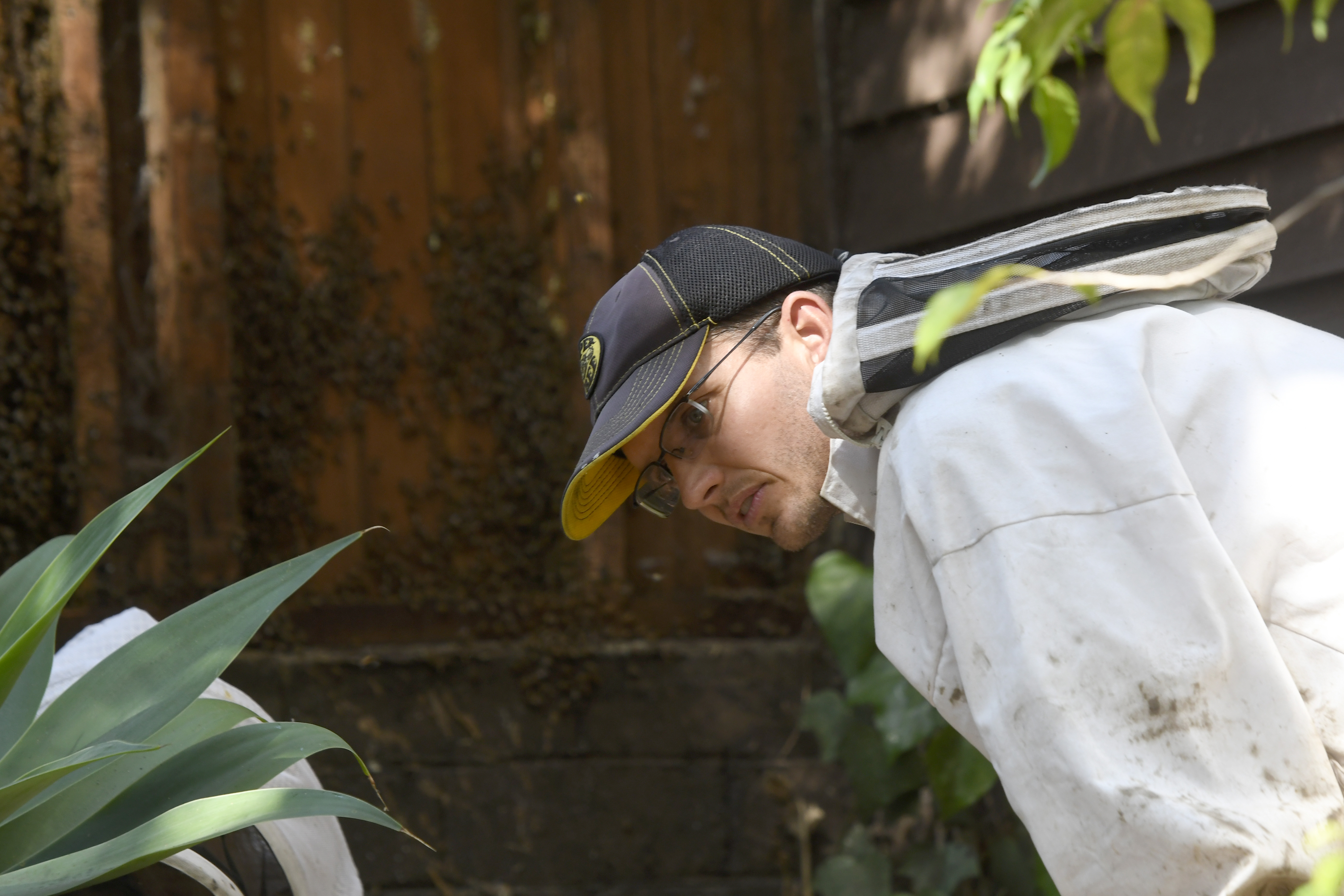
Right then he spotted her. “There you are,” he said softly, plucking the matriarch from the brood and placing her on her new waxen throne. “Watch,” he said. “Soon they’ll start walking over on their own.” Within minutes, a line of female workers and male drones began marching dutifully from the vault to the box. An hour later the changeover was complete. There didn’t appear to be any casualties.
Wigle handed me a jar of honey from a previous job and said thanks for calling him. If the gas company had gotten to the hive before he did, they would have nuked it, he said. Then he loaded up his tools and the hive and headed to his home at HeartStone Ranch in Carpinteria. There, he will nurse the colony — inevitably weakened by the move — back to full health before selling it to a backyard beekeeper or commercial farmer.
Wigle said it’s not unusual for clients who’ve requested a removal to ask for their hive back. They wind up missing it. “Bees are incredibly intelligent and incredibly sweet,” he said. “People realize bees are not out to kill — they’re more like cows with wings.”
I already miss mine.

Nick Wigle isn’t the only live-bee-rescue expert in town. And he’s not cheap. There are hobbyists and part-timers who handle easy removals for free or a nominal fee. But few, if any, have the equipment, insurance, and experience that Wigle does.
Wigle relishes the jobs no one wants — 50-year-old monster hives wedged in the delicate rafters of a historic estate, migrating swarms that take up residence in crowded malls and schools. With only one full-time employee, he still manages one major removal a day, sawing through walls and army-crawling through attics to reach the bees. An infrared camera pinpoints hidden hives, which maintain an internal temperature of 92-93 degrees. Wigle rarely takes a day off, and he recently bought his own lift because he kept returning his rentals covered in honey. “They didn’t like that,” he smiled.
Frustrated pest-control companies — which often have trouble fully exterminating bees because they accidentally leave the hive or some honeycomb behind for the next swarm to find — tip him off to new work. Wigle pays them in money or honey. “I do not want there to be a single beehive that has to get exterminated,” he declared, explaining how critical the pollinators are to the county’s avocados, strawberries, and dozens of other fruit and vegetable crops.
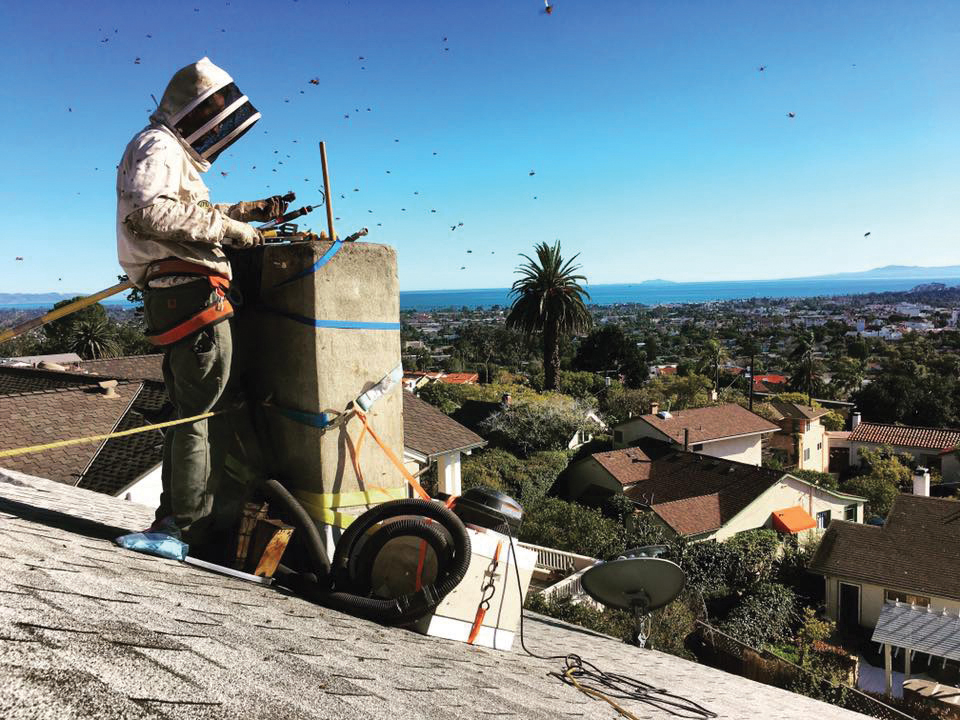
chimney flume.
With a South Coast coverage zone, Wigle is regularly contracted by the City of Santa Barbara and the Santa Barbara Unified School District, and last year he removed and relocated colonies from a UCSB Associated Students building and a dead 35-foot palm tree at the zoo.
In beekeeping terms, Wigle is a relative newcomer, starting just eight years ago. But he’s packed in a lot in those years, and he credits an entrepreneurial streak from his childhood for guiding him into it. At age 9, he started his own egg business on his parents’ avocado ranch. They assumed he’d tend to a few chickens and then lose interest. Instead he built an empire of 150 chickens and hauled crates of eggs to the farmers’ market, where he’d sit and sell in his overalls. He partnered with his sister, but bought her out in a hostile takeover.
In high school, Wigle got into electronics and helped his dad fix his office computers before starting his own mobile repair business. Many of his clients, he found, needed help selling vintage cars and antique furniture on eBay, so he turned that into his next moneymaking venture. That lasted until 2008, when the economy tanked. Wigle took a job with the Sheriff’s Office and worked as a custody deputy for two years, stationed at the jail. But the place wore on him. “I need to be outside, and I need to be helping people,” he said. “I couldn’t do either at the jail.”
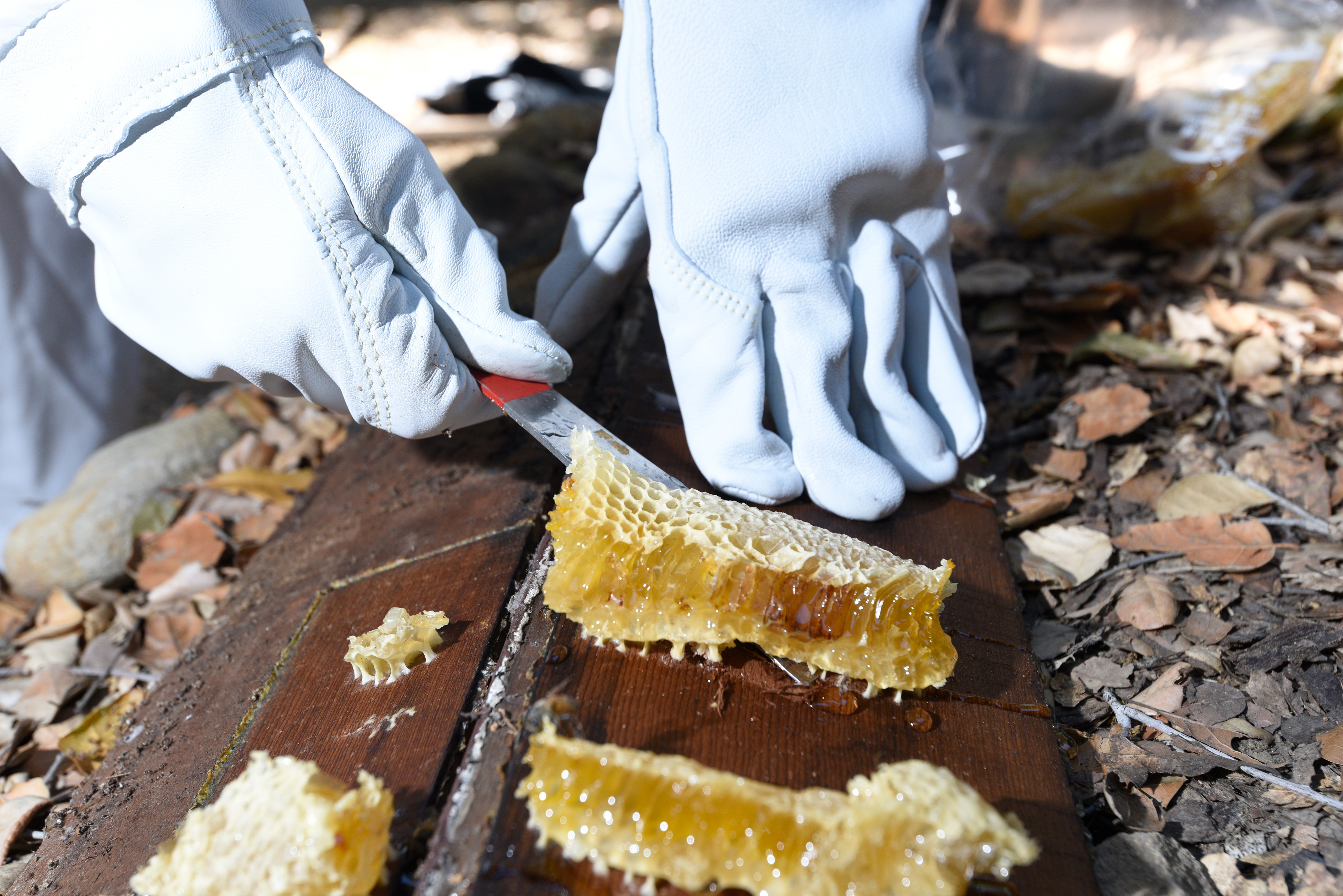
Around this time, Wigle’s parents divorced. His mother kept the ranch, but she worried about how to make it financially viable since root rot had killed all the avocado trees. On Craigslist, Wigle found a commercial beekeeper looking for a home for his 600 hives. They offered space on the ranch, and in addition to paying rent, the beekeeper — a Russian man named Anatole who spoke little English — agreed to apprentice Wigle. “He did the best he could,” said Wigle, “but I had to go read every beekeeping book I could find because I couldn’t figure out what the hell he was talking about.”
By the end of his training, Wigle had absorbed a quirky but invaluable mix of old-world, sensory-based beekeeping techniques along with Western scientific knowledge. “That allows me to work with pretty much any kind of client,” he said. “For instance, if a client is like, ‘We want to do this super organically and, you know, be hippies,’ I think, great, I love that game.” He recalled the rescue at my house. “That day I decided I was just going to sit and commune with the bees.”

It was another Sunday morning, and this time we were at his ranch. The main house, as it often is, was rented out for a wedding, so Wigle; his wife, Rachel; and their young daughter, Sarah, stay in a guesthouse off the barn. Sarah likes to play with stinger-less male bees she calls the “fuzzies.”
Wigle was walking two helpers — his employee, Tracy, and the family nanny, Chelsea — through the process of spinning out honey from wax, which they’d later use to make candles. The thick, amber liquid oozed into four gallon-size buckets and filled the kitchen with a sticky-sweet aroma. The giggles came easily. Wigle called it “honey delirium.”

Super Bee is big on education, said Wigle. He spends large portions of his nonstop workweek tending to the hives of 80 or so residential beekeeper clients, teaching them how to recognize the signs of whether a colony is struggling or thriving. It takes patience. “I know instant gratification is awesome,” Wigle tells people, “but welcome to farming.” Among his clients are Montecito celebrities whom he won’t name. “I don’t care how many movies or records you’ve made,” he said. “If you’re interested in bees, we can be friends.”
Commercial farms and ranches also contract Wigle, some holding as many as 36 separate hives. In his own “hospital apiary,” he has more than 100, with plans to turn an old Airstream trailer on the property into a honey processing room. He also wants to re-establish a plexiglass-sided observation hive at the Museum of Natural History, where he sometimes lectures. Schools invite him to talk to kids, who, he said, “always ask the best questions. Though it gets tricky explaining the mating cycle.” When a male drone mates with a queen, his reproductive organs are ripped out mid-air. “We tell the kids it’s the boy bee’s last day because it just takes so much out of him.”
Wigle has trained dozens of interns and WWOOFers (World Wide Opportunities on Organic Farms, an international program of work-stay volunteers). The experience helped him overcome his introverted personality, which made him the quiet kid in high school and created some difficulty with early clients. Now, he really enjoys chitchatting — especially about bees.
One of his favorite topics is how particularly large, healthy hives are turning up these days — a welcome relief from the early years of colony collapse disorder (CCD) in 2008 and 2009, when bee populations around the world were perishing mysteriously at astonishingly high rates. No single cause could be identified, though potential culprits include mites, parasites, pesticides, and habitat loss. Panic spread that the species might not survive, threatening the security of the world’s food web. While certainly still a serious problem, CCD losses appear to be slowing, according to the Environmental Protection Agency.
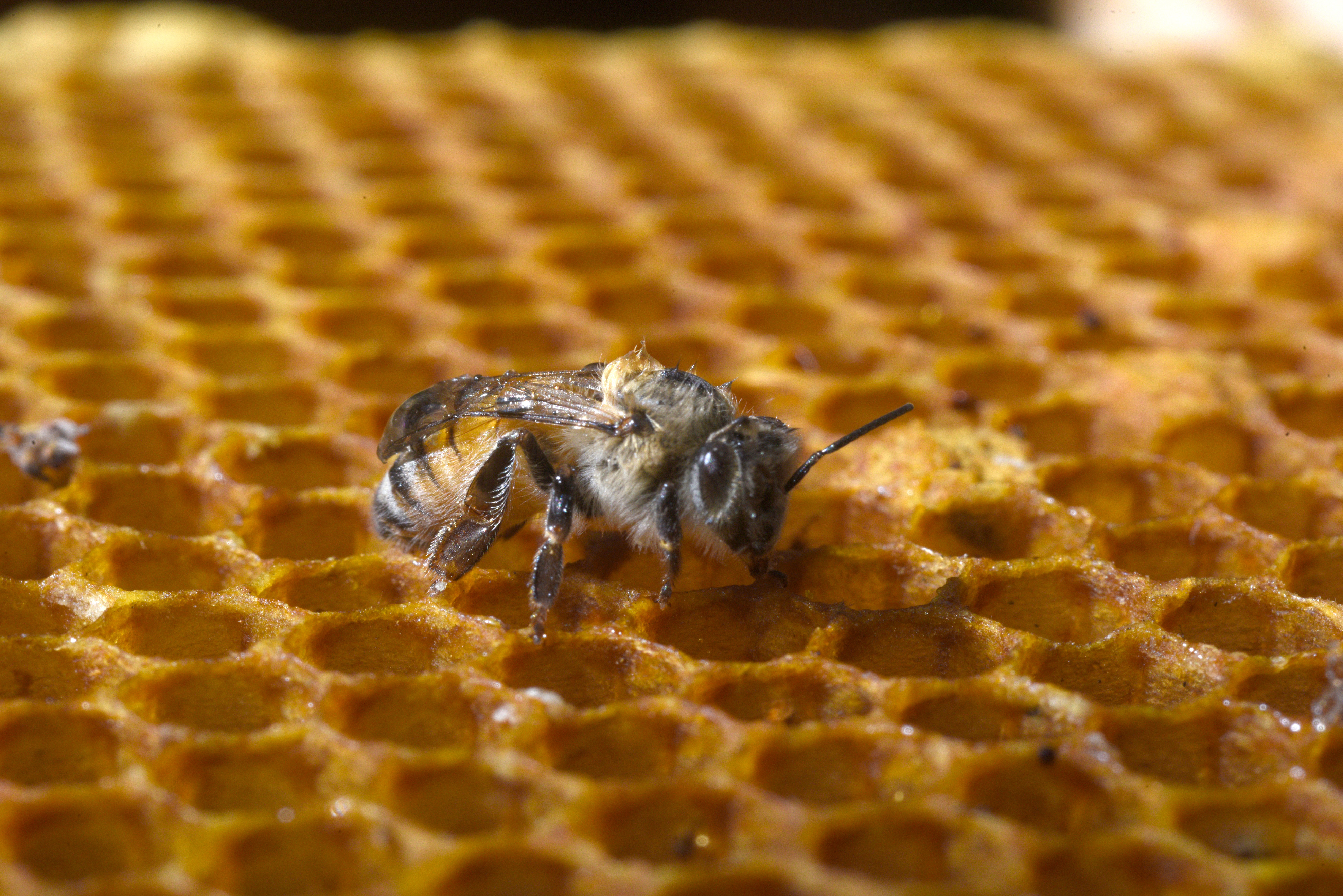
With its temperate climate and hearty lineages of drought-tolerant bees, Santa Barbara avoided widespread catastrophe, though did suffer a general decline and a couple of scary incidents. In 2012, 18 hives within a two-mile radius in Montecito suddenly failed, many of them under the care of Wigle and his clients. “It was horrible,” he remembered. Keepers connect deeply with their bees. There was grief and anger. “It was like a family member died.” Worse, there were no answers, though Wigle suspects pesticides.
Too often, Wigle said, one hive is sprayed and the poisons are spread among many others. “A lot of landscapers in town spray without a license and without the knowledge of what they’re really doing,” he said. Two years ago in Carpinteria, piles of dead bees suddenly appeared throughout the office park that was Lynda.com’s headquarters. Concerned beekeepers collected some of the bodies for testing, but guards on the property confiscated them, news reports at the time stated. No explanation could be pinpointed, but again, pesticides were at the top of the suspect list.

Wigle may look like a wild man with a death wish when he reaches bare-handed into a ball of stinging insects, but those moments are careful and calculated, because Wigle insists on a safety-first approach to all his work. Much earlier in his career, he learned the hard way when he was stung in the head more than 50 times by a hive of Africanized bees in Winchester Canyon. He’s still nailed occasionally, but he’s built up such a tolerance that he barely feels it. He knows other beekeepers who swear by the health benefits of the toxin, which in small doses has reportedly helped reduce pain and inflammation from arthritis or autoimmune diseases.
Africanized bees — the more belligerent cousin species of the Western honeybee — are rarely found in Santa Barbara, said Wigle. Other areas of the country don’t have it as easy Some beekeepers in the Southwestern states, for instance, have no choice but to suit up in heavy gear, meticulously searching for any small opening. Even then, they tiptoe toward their hives, wait 50 yards away, and sometimes turn around slowly if the colony looks like it’s having a particularly bad day.
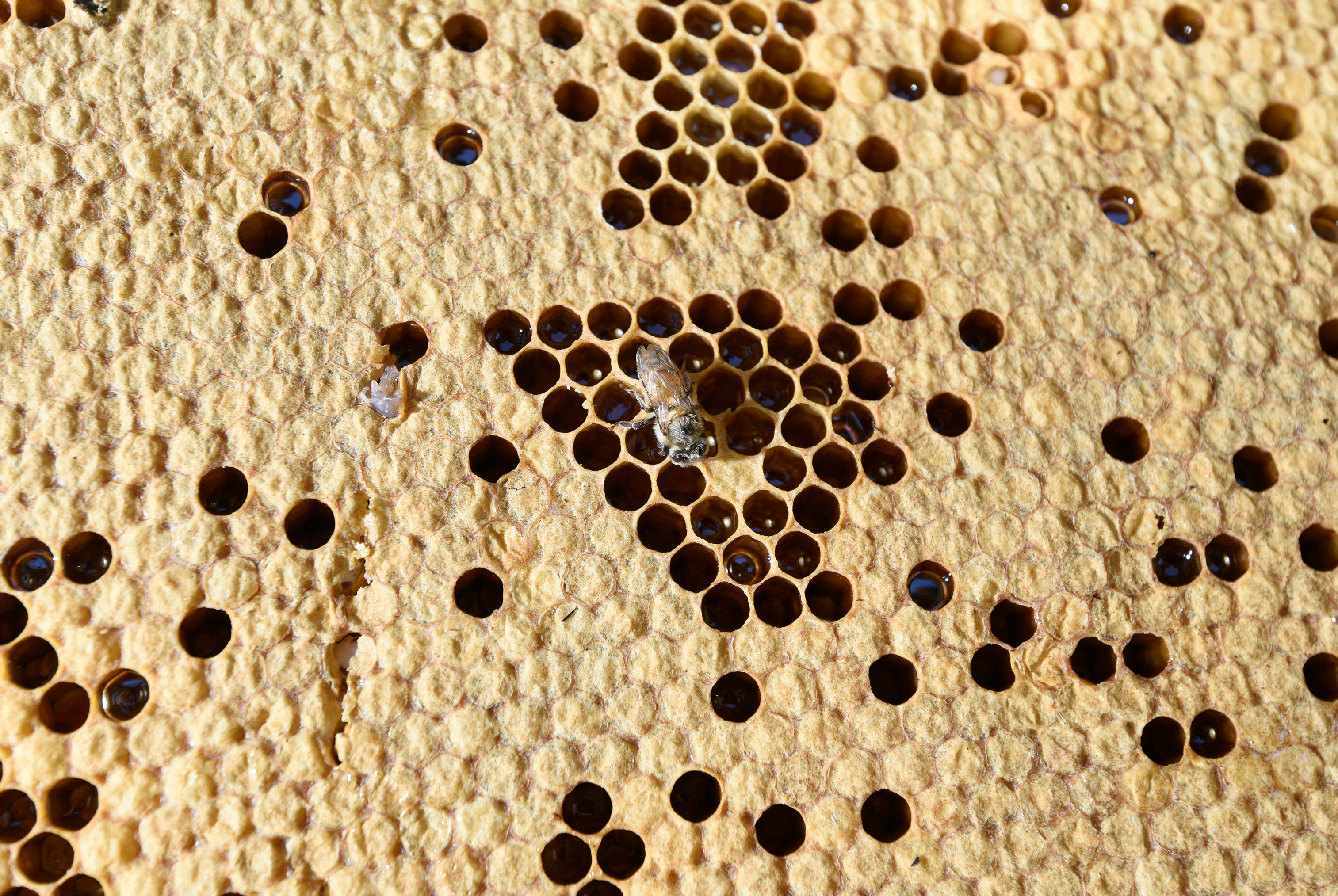
On the other end of the spectrum are Santa Barbara bees, with their relatively laid-back colonies. According to Wigle, the calmest are in downtown Santa Barbara and the spicier are around Goleta. Year-round access to nectar and pollen keep hives fat and happy. That’s why commercial beekeepers from as far away as the East Coast truck their hives here for the winter, when eucalyptus and gum trees are in bloom. You’ll often see them parked in open fields near Costco.
There’s a mid-17th-century beekeeper saying still used today that goes “A swarm in May is worth a load of hay; a swarm in June is worth a silver spoon; but a swarm in July is not worth a fly,” meaning that later in the year there’s less time for new bee colonies to collect pollen from blossoms so they can survive the winter. So Wigle advises would-be keepers to hold tight until the spring.
In the meantime, he’ll keep spreading the word. “Call it what you want,” he said. “Stupid, brave, something else. I just want people to know you don’t have to kill bees. There’s another way.”



